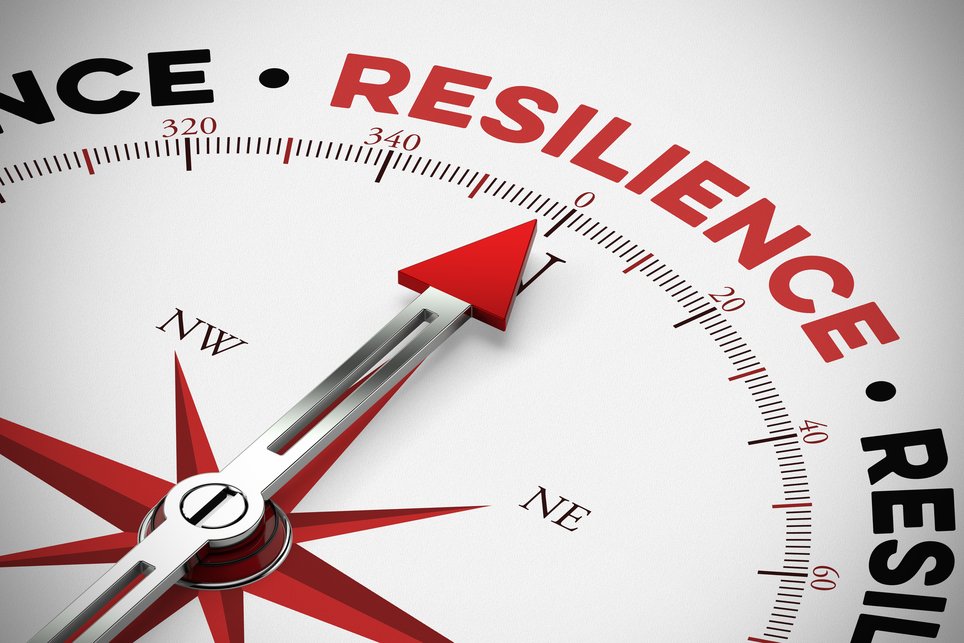1. Release
There is no such thing as ‘think positive all the time.’ In fact, it’s fine to think negatively at first, as long as you recognize and become aware that at some point (and quickly) one must press the STOP button on those negative tunes and insert positive tunes and press PLAY.
First, become aware of their thoughts, words, and feelings. When you say negative things or think negative thoughts, you will end up feeling negative and therefore you will behave in that manner, causing negative results in your life. To change your results, you have to work backwards.
In order to feel positive, you have to think positively, but in order to think positively, one must use positive words.
Therefore, whenever you catch yourself thinking or saying the words DON’T, NOT or NO, in a sentence, ask yourself, “What do I (we) want?” Make sure your answer is stated in the positive and starts with, “I want…”
Example:
“The changes that are taking place after this merger are NOT sustainable.”
Notice the images and thoughts that come up as you read the above sentence. Now ask,
“What do I (we) want?”
“I want to know what the objectives of these changes are and where it will take the company.”
Now notice the images and thoughts that come up for you.
2. Reprogram
The second step in becoming more resilient involves re-programming ourselves to find solutions. Most of us get stuck in the “blame mindset” when we are faced with challenges. In this mindset, you may catch yourself saying things, such as:
Why do I have this problem?
How long will I have this problem?
Whose fault is it that I have this problem?
What’s wrong?
When you use this questioning method, you feel oppressed, broken and you’ll lack choices. However, it’s possible to re-program yourself to an “outcome mindset” by asking alternative questions, such as:
What do I want and when do I want it?
When I get what I want, what else in my life will improve?
What resources do I have available to help me with this challenge?
Can I use these resources to the best of my ability or do I require extra help?
What can I do now to improve this situation and get what I want?
Having an outcome mindset propels a person toward critical questioning, where you start thinking of solutions right away.
3. Resolve
This step involves taking action, having cognitive flexibility, and mastering yourself in the process. Across history, certain figures have demonstrated the utmost in resilience, especially when a country, culture, or religious sect is working against that individual’s values and principles. These figures include Mahatma Gandhi, Martin Luther King, Malcolm X, Nelson Mandela, and others.
How did these individuals manage their emotions and create a positive attitude? How did they re-program themselves and bounce back time after time, even when they felt they couldn’t put any more effort into their cause? What kept them motivated to take action, to keep trying, and to never quit? The answer is simple: They believed.
If you believe, you will take action.
In this third step, cognitive flexibility is about being less rigid and having a toolbox of strategies that you can apply to overcome a challenge. The person with the most flexibility will have more control than the person who is rigid or has only one strategy.

